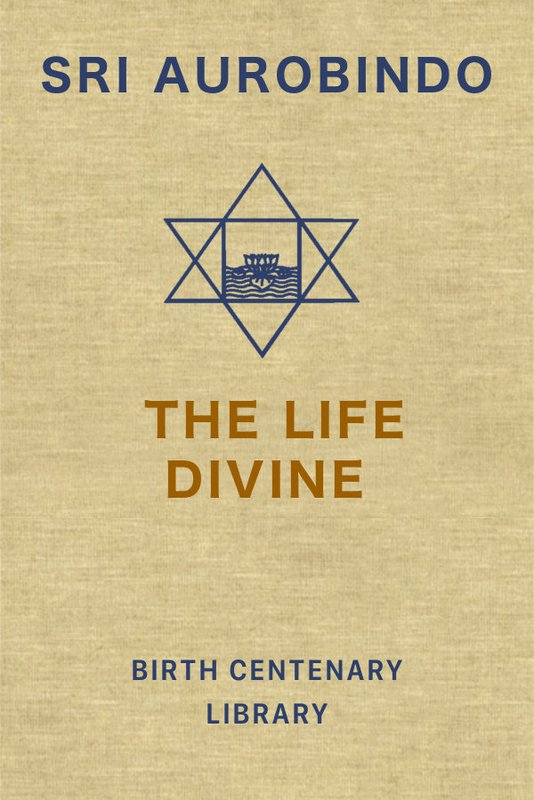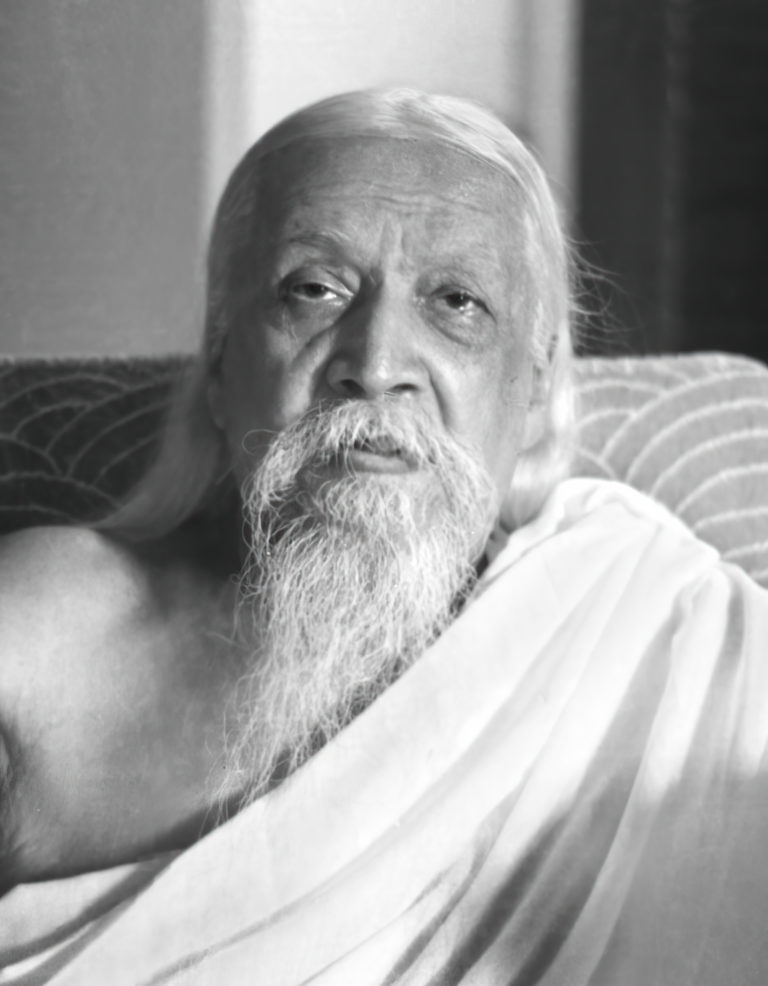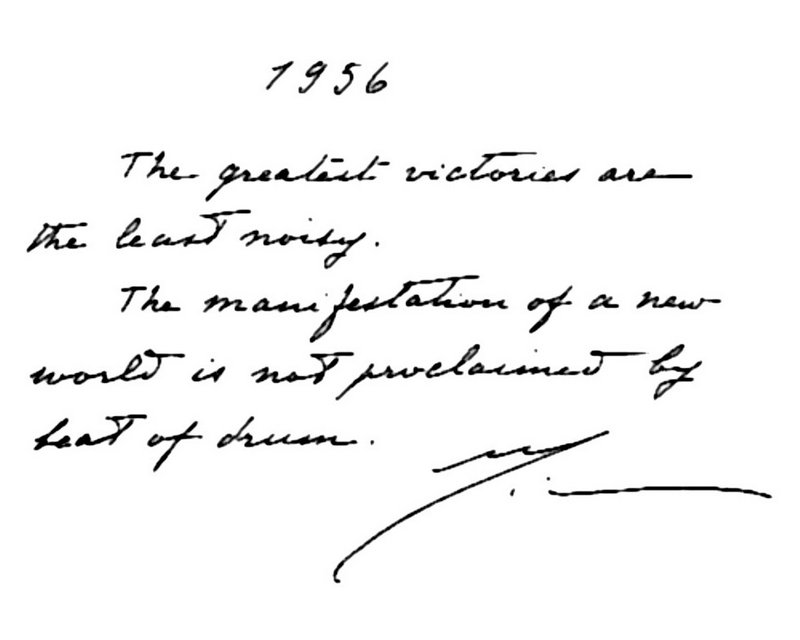Mental health
The Physical Mind
The physical mind is that part of the mind enmeshed in sensory schemata and is thus at the lowest end of the mind-range. It goes on ruminating habitual and trivial thoughts that are usually related to life’s ordinary preoccupations. Ordinarily, we are not always thinking of great intellectual stuff or creative things but dealing with everyday matter. We think whether we have locked the door properly or whether we have not forgotten to switch off the cooking gas cylinder connection or whether our daughter has returned from school safely. These are trivial, commonplace thoughts that go on revolving and ruminating at the lowest range of the mind — the physical mind. A great exaggeration of these ruminating stuff leads to the development of Obsessive-Compulsive Disorder (OCD).
Typically, the physical mind deals with primitive behaviours and not with intellectual stuff. The physical mind is that part of the mind-range closest to the Inconscience. The Inconscience is a stark denial of Reality and represents a negation of consciousness and imparts the sense of negativity, pessimism, falsehood, doom and cessation of life to the physical mind, which then goes on repeating and magnifying these issues (1).
The Principle of Automaticity
The repetitive habitual thoughts of the physical mind arise de novo from the matrix of the physical consciousness and cannot be simplistically explained by the psychoanalytic theory of resurgence of repressed material. Yoga psychology recognises the resurgence of repressed materials but such repressions represent material usually rejected from planes of consciousness above the physical mind.
The habitual patterns of the physical mind can be better explained not by resurgence of repressed material but by the principle of automaticity, which is now used to explain many habitual patterns like most of the operations of executive function of ADHD children. The principle of automaticity that explains habitual behavioural patterns has to be differentiated from the phenomenon of pathological automatism where acts are performed involuntarily in an unconscious manner, as in somnambulism or temporal lobe epilepsy or even hypoglycemia, demon-strating an episodic time-span of automatic behaviour which is invariably brief and followed by normal behaviour. In contrast, the principle of automaticity is exhibited in conscious states not as episodic patterns but as chronic, persistent, repetitive and often pervasive patterns.
It was only in the beginning of the 21st century that the principle of automaticity was recognised in psychology as an alternative explanation for habitual behaviours that cannot be adequately explained by resurgence of repressed material, though Sri Aurobindo had dwelt on it long back in The Life Divine (serialised between 1914 to 1919) and explained how evolution begins with a blind automatism of Matter resulting in an obscure harmony of a stereotyped existence. “The evolution begins with the automatism of Matter and of a lower life in which all obeys implicitly the drive of Nature, fulfils mechanically its law of being and therefore succeeds in maintaining a harmony of its limited type of existence and action…. (2)”
Even in his last prose writings (1949-50), he commented about a kind of automatism in the physical plane of consciousness that goes on without the interference of the mind-principle, “…. one which seems to be a kind of automatism carrying on its work in the physical plane without any intervention of the mind and in parts even beyond any possibility of direct observation by the mind or, if conscious or observable, still proceeding or capable of continuing, when once started, by an apparently mechanical action not needing direction by the mind and continuing so long as the mind does not intervene (3).” One is reminded how electrons go on rotating in their orbit!
The evolutionary nisus has to struggle to escape from the limitations of a stereotyped harmony to a harmony of a higher denouement of spontaneity, luminous perfection and delight. The evolution, “…. proceeds through the pregnant confusion of the mind and life of a humanity driven by this inferior Nature but struggling to escape from her limitations, to master and drive and use her; it emerges into a greater spontaneous harmony and automatic self-fulfilling action founded on the spiritual truth of things…. There will be a luminous and enjoyed perfection of unity with all instead of a blind and suffered subjection of the individual to the universal, and at every moment the action of the universal in the individual and the individual in the universal will be enlightened and governed by the rule of the transcendent Supernature (4).” Only then can we have sustainable victory over the automaticity that characterises our physical mind.
Obsessive-Compulsive Disorder (OCD)
It is interesting to note that Obsessive-Compulsive disorder (OCD), an ailment involving the physical mind (of yoga psychology), is now no longer being explained in psychoanalytical terms. Instead, the principle of automaticity is being traced to brain-circuits, regulating primitive aspects of behaviour to neuro-transmitters and to gene mutations. It is true that in a section of OCD subjects, stress and traumatic events are present in the background but it might be that they are not the prime causative factors, only that OCD subjects might be more vulnerable to these influences.
Moreover, OCD subjects do not appreciably respond to psychoanalysis or any in-depth psychotherapy, but to behavioural and cognitive behavioural therapies and in extreme cases, require psychosurgery. In OCD, there is an ideational as well as an action component. In certain obsessive spectrum disorders like trichotillomania, and in most other habit disorders like tics or torticollis, mediated through the physical mind, there is no ideational component but only mechanically recurrent habitual movements, which are even more refractory to behavioural interventions.
The phenomenon of Japa
The physical mind is not only involved in clinical conditions like OCD, but is hindrance to contemplative thinking. That is why nearly all spiritual traditions use the japa — repeating a sacred name or mantra verbally, often with the help of counting rosary beads, so that instead of ruminating on habitual ideas one can galvanise oneself by repeating the name of the Lord! Sri Aurobindo had commented, “But more important is what may be described as a trained and developed automatism, a perfected skill and capacity of eye and ear and the hands and all the members prompt to respond to any call made on them, a developed spontaneous operation as instrument, a complete fitness for any demand that the mind and life-energy can make upon it (5).”
The Mother commented that, “The japa is made precisely to control the physical mind (6).”
The Yoga of Transformation — The Mind of Light
The evolutionary journey in consciousness needs to proceed through a transformative trajectory that would progressively manifest higher planes of consciousness till the Supramental consciousness is reached. The Supramental also has to descend through the hierarchies of consciousness so that the eventual dream is realised. In this whole process, it is the physical mind and not the intellectual mind that plays an initial pivotal and decisive role.
Sri Aurobindo explains that in the Yoga of Transformation, the physical mind has to be transformed first before the intellectual mind is transformed. At the moment however, one has to learn to shift from the physical mind to higher ranges of mental functioning for which newer techniques need to be developed. In 1950, the Mother recorded how she received into her system the ‘Mind of Light’, which was the physical mind receiving the transformative Supramental Light and Force as a legacy during the withdrawal of Sri Aurobindo from the physical body. The Mother herself had narrated that though Sri Aurobindo had experienced the descent of the Supermind long back in the mind and the vital, it could not directly act on the physical, which could only be possible if the physical mind received the Supramental Light. The physical mind receiving the Supramental Light was called the ‘Mind of Light‘. With this gift of the Mind of Light, the Yoga of Physical Transformation commenced in a new denouement (7).
The Mother recounts:
“The Supermind had descended long ago —very long ago — into the mind and even into the vital: it was working in the physical also but indirectly through those intermediaries. The question was about the direct action of the Supermind in the physical. Sri Aurobindo said it could be possible only if the physical mind received the supramental light: the physical mind was the instrument for direct action upon the most material. This physical mind receiving the supramental light Sri Aurobindo called the Mind of Light (8)“.
“As soon as Sri Aurobindo withdrew from his body, what he has called the Mind of Light got realised in me (9).”
In 1956, on 29th February, the crowning experience of manifestation of the Supramental in the subtle physical occurred, which was a concrete certitude that the new creation was decreed and inevitable. An intuitive inkling of this great event was explicit in the Mother’s New Year Message of 1956:
“The greatest victories are the least noisy.
The manifestation of a new world is not proclaimed by beat of drum (10).”
The New Year’s message of the following year (1957) was more revelatory:
“A Power greater than that of Evil can alone win the victory.
It is not a crucified but a glorified body that will save the world (11).”
References
1. Basu S. Consciousness Based Counselling based on Sri Aurobindo’s Integral World-View. Indian Journal of Clinical Psychology 2021; 48 (2): 180-89.
2. Sri Aurobindo. The Complete Works of Sri Aurobindo, Volume 21-22. Pondicherry: Sri Aurobindo Ashram Trust; 2005, p. 962.
3. Sri Aurobindo. Complete Works, Volume 13; 1998, p. 529.
4. Sri Aurobindo. Complete Works, Volume 21-22, p. 962.
5. Sri Aurobindo. Complete Works, Volume 13, p. 529.
6. The Mother. Mother’s Agenda, Volume 1. Paris: Institut de Recherches Évolutives; [English transl.] 1979, p. 433.
7. Deshpande RY. Sri Aurobindo and the New Millennium, Pondicherry: Aurobharati Trust; 1999, p. 238.
8. The Mother. The Collected Works of the Mother, Volume 13. 2nd ed. Pondicherry: Sri Aurobindo Ashram Trust; 2003, pp. 62-63.
9. Ibid., p. 63.
10. The Mother. Collected Works, Volume 15; 2003, p. 171.
11. Ibid., p. 172.
Share with us (Comments, contributions, opinions)
When reproducing this feature, please credit NAMAH, and give the byline. Please send us cuttings.





